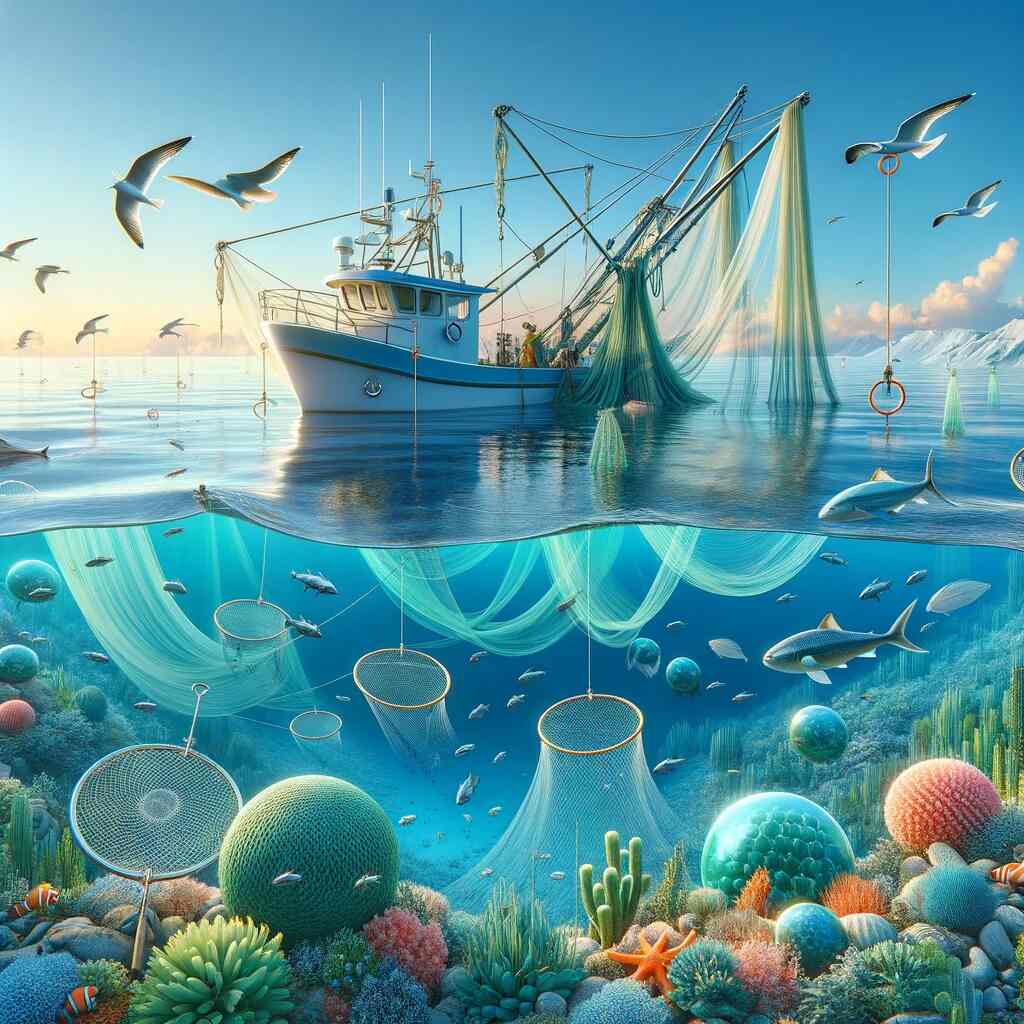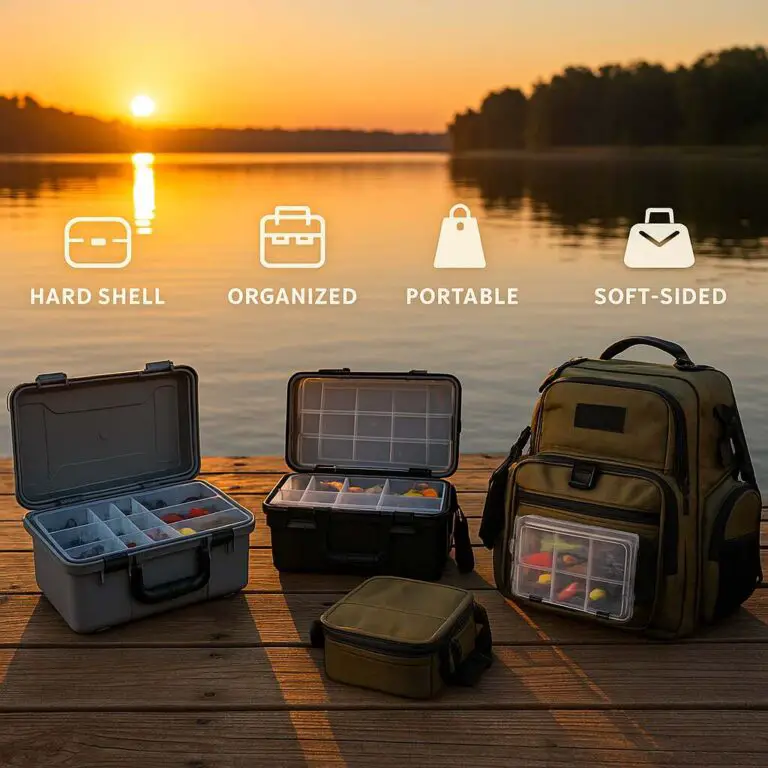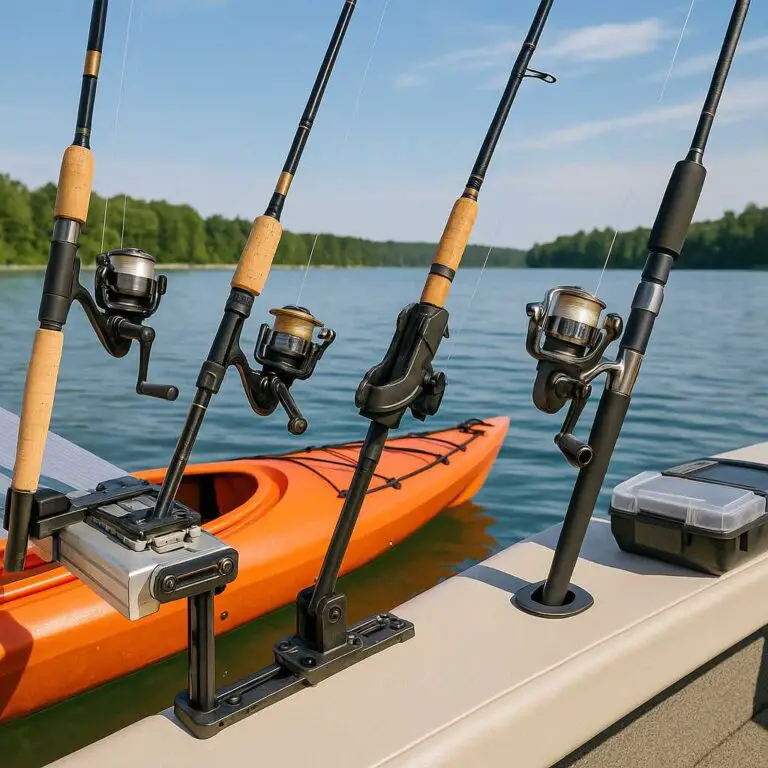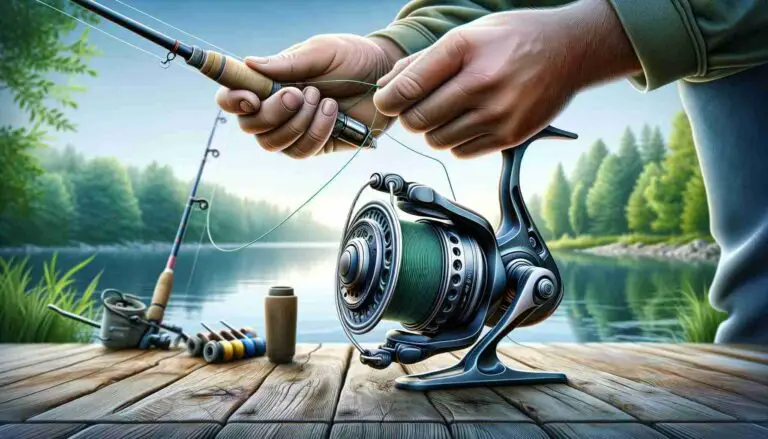Fishing is not only a timeless pastime but also an essential source of sustenance for millions of people around the world. However, the fishing industry has faced growing concerns over its environmental impact, including overfishing, bycatch, and habitat destruction. To address these issues, researchers and manufacturers have been diligently working to develop eco-friendly fishing gear that minimizes harm to marine ecosystems.
In this article, we’ll explore the latest advancements in eco-friendly fishing gear, highlighting innovations that are helping to make fishing more sustainable.
1. Biodegradable Fishing Lines
One of the most significant advancements in eco-friendly fishing gear is the development of biodegradable fishing lines. Traditional fishing lines are typically made from non-biodegradable materials like nylon and monofilament, which can persist in the environment for hundreds of years, posing a threat to marine life and ecosystems.
Biodegradable fishing lines, on the other hand, are designed to break down naturally over time, reducing the risk of entanglement and ingestion by marine animals. These lines are often made from materials like biodegradable polymers or natural fibers, such as hemp or cotton. Some manufacturers have even incorporated fish food into the line’s composition, providing a potential food source for marine organisms as the line degrades.
2. Eco-Friendly Fishing Nets
Fishing nets are notorious for causing collateral damage in the form of bycatch – the unintentional capture of non-target species. Bycatch can lead to the depletion of vulnerable species and disrupt entire marine ecosystems. To mitigate this problem, eco-friendly fishing nets have been developed to minimize bycatch and reduce the environmental impact of fishing operations.
Innovations in eco-friendly nets include specialized designs that allow small and non-target species to escape while retaining the desired catch. These selective nets use escape panels, mesh size modifications, and improved materials to achieve their goal. Additionally, some eco-friendly nets incorporate LED lights or acoustic devices to guide non-target species away from the fishing gear, further reducing unintended captures.
3. Hook Alternatives
Traditional fishing hooks often pose risks to marine life, as they can become lodged in the mouths or digestive tracts of fish and other creatures. To address this issue, researchers have developed alternative hook designs that minimize harm to fish and increase the likelihood of catch-and-release success.
Barbless hooks, for example, have been gaining popularity among recreational anglers. These hooks lack the barbs that can cause deep and potentially lethal injuries to fish. They are easier to remove, reducing handling time and stress on the fish. Circle hooks are another eco-friendly option that encourages fish to be hooked in the corner of the mouth, reducing the chance of injury and improving catch-and-release survival rates.
4. Sustainable Bait
The choice of bait in fishing can have a significant impact on the environment. Many traditional bait options involve harvesting live or dead marine organisms, which can disrupt local ecosystems and deplete essential prey species. To address this concern, anglers and bait manufacturers are exploring sustainable alternatives.
Eco-friendly bait options include artificial lures and baits that mimic the appearance and movement of natural prey. These alternatives reduce the need to harvest live baitfish or other organisms, helping to preserve local food webs. Additionally, some anglers have turned to using biodegradable or edible bait, which minimizes the risk of littering the water with non-biodegradable materials.
5. Smart Fishing Technologies
Advancements in technology have given rise to smart fishing technologies that enable more efficient and eco-friendly fishing practices. These technologies use data-driven approaches to improve catch rates while minimizing environmental impact.
One example is the use of underwater drones equipped with cameras and sensors to identify and locate target species. This reduces the need for extensive trawling or longlining, which can harm the seabed and result in bycatch. By precisely targeting the desired species, smart fishing technologies help reduce the overall impact on marine ecosystems.
6. Sustainable Materials
The materials used in fishing gear play a crucial role in its overall eco-friendliness. Manufacturers are increasingly turning to sustainable materials to produce fishing gear that is both effective and environmentally responsible.
For instance, some fishing rod and reel manufacturers now use recycled or sustainably sourced materials in their products. This reduces the demand for virgin resources and minimizes the carbon footprint of manufacturing. Additionally, some companies are exploring innovative materials like bioplastics, which can be used to create durable and eco-friendly fishing gear.
7. Eco-Friendly Fishing Accessories
Fishing accessories such as tackle boxes, coolers, and clothing are often overlooked when considering the environmental impact of fishing. However, eco-conscious anglers are starting to pay more attention to these items and are demanding sustainable alternatives.
Manufacturers have responded by producing accessories made from recycled materials, reducing single-use plastics, and adopting more eco-friendly production processes. Some companies even offer biodegradable or compostable fishing gear accessories to minimize waste in the field.
8. Education and Outreach
One of the most critical aspects of advancing eco-friendly fishing gear is education and outreach to anglers, commercial fishermen, and the broader fishing community. Many organizations and initiatives are working to raise awareness about sustainable fishing practices and promote responsible fishing behavior.
Angler education programs often include information on catch-and-release techniques, proper handling of fish, and best practices for reducing bycatch. These programs aim to empower fishermen with the knowledge and skills needed to minimize their impact on the environment.
9. Government Regulations and Policies
Government regulations and policies also play a significant role in advancing eco-friendly fishing gear. Many countries have implemented measures to promote sustainable fishing practices, such as setting catch limits, establishing marine protected areas, and requiring the use of specific gear types that reduce bycatch.
Additionally, some governments offer incentives or subsidies to encourage fishermen to adopt eco-friendly gear and practices. These policies create economic incentives for the fishing industry to embrace sustainability.
10. Collaboration and Research
Advancements in eco-friendly fishing gear are often the result of collaborative efforts between researchers, manufacturers, government agencies, and non-profit organizations. By pooling resources and expertise, these stakeholders can accelerate the development and adoption of sustainable fishing technologies.
Research into the environmental impacts of fishing gear is ongoing, helping to identify areas where further improvements can be made. This research informs the development of new gear and practices that reduce harm to marine ecosystems.
Conclusion
The latest advancements in eco-friendly fishing gear demonstrate a commitment to sustainable fishing practices and a recognition of the urgent need to protect marine ecosystems. From biodegradable fishing lines to smart fishing technologies and sustainable materials, the fishing industry is evolving to reduce its environmental impact.
While significant progress has been made, there is still much work to be done to ensure the long-term health of our oceans and the species that inhabit them. Anglers, manufacturers, governments, and conservation organizations must continue to collaborate and innovate to further advance eco-friendly fishing gear and promote responsible fishing practices. By working together, we can help preserve the beauty and biodiversity of our oceans for generations to come.








